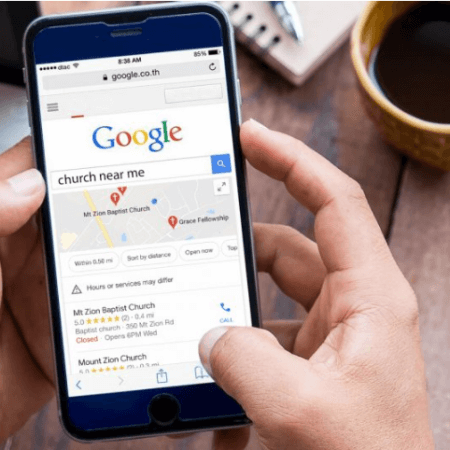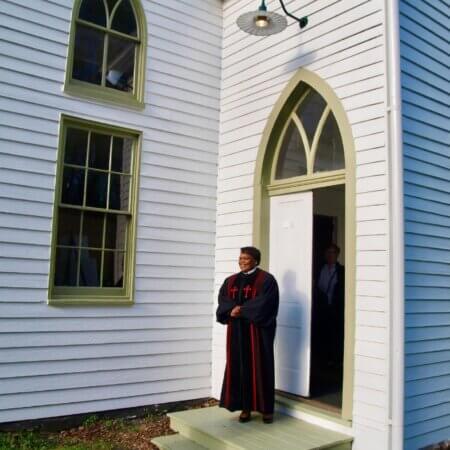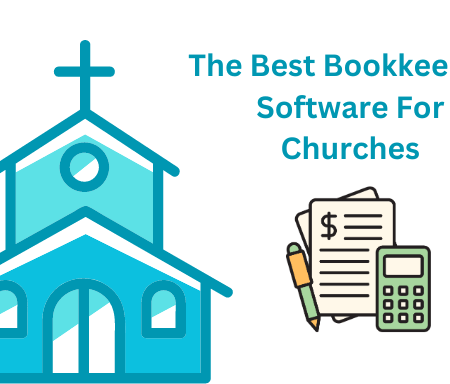Ultimate guide to Mastering Churches Contribution Statements
For churches and religious organizations, contribution statements are more than just financial records; they are tools for transparency, stewardship, and building stronger relationships with congregants. These statements communicate the impact of individual giving, recognize contributions, and build trust within the community.
While often considered a financial tool, contribution statements are more than numbers. They tie the generosity of the congregants to the mission and accomplishments of the church, making every contribution, no matter the size, feel meaningful. Whether you’re a small church or a large ministry, knowing how to create clear, effective contribution statements is crucial for deepening your congregation’s commitment and giving.
In this guide,you will learn how to generate effective, customized contribution statements for a church or congregation that meet best practices for appropriate transparency, compliance, and community building.
What is the Contribution Statement for Churches?
A church contribution statement is a document listing the individual or family contributions from the congregation over a specific time frame (e.g., monthly, quarterly, annually). It serves several purposes:
- Tax Compliance: To officially record all donations that donors get for tax deductions.
- Transparency: It helps present how these donations support church missionary work, projects, or operations.
- Acknowledgment: Recognizes and appreciates congregants’ generosity.
- Trust Building: Reinforces accountability and cultivates long-term relationships with donors.
These statements ensure clear, organized records of financial giving both on the part of the church and its membership.
Why Contribution Statements Matter in Churches
Churches thrive on the collective generosity of their members. Contribution statements play a vital role in:
1. Recognizing Donors
Contribution statements allow churches to acknowledge and thank members for their financial support. This recognition fosters a sense of belonging and purpose within the congregation.
2. Encouraging Future Giving
When donors see the tangible impact of their contributions, they are most likely to continue supporting the mission of the church.
3. Ensuring Tax Compliance
Providing timely and accurate contribution statements helps congregants to have charitable tax deductions, reinforcing professionalism in the church for trustworthiness.
4. Building Transparency and Trust
Clear records of giving show accountability in the management of the givers’ generosity.
Key Elements of a Church Contribution Statement
To create a meaningful and accurate contribution statement, include the following elements:
1. Church Information
- Church name, address, and contact details.
- Tax identification number (if applicable).
2. Donor Information
- Full name and address of the donor.
3. Contribution Details
- Date of each contribution.
- Donation amount.
- Purpose (e.g., general fund, building project, missions).
4. Total Contributions
- Summarize total giving for the reporting period.
5. Acknowledgment Statement
Include a sentence like: “No goods or services were provided in exchange for these contributions, except for intangible religious benefits.”
6. Thank You Message
Express appreciation for the donor’s generosity and how it impact on the church’s mission.
How to Write Effective Church Contribution Statements
Crafting effective contribution statements requires a balance of professionalism, clarity, and personalization. Here are the steps:
Step 1: Organize Your Records
Record all contributions correctly in your church management system. Use ChMeetings for automation and efficient reporting.
Step 2: Use a Clear and Consistent Format
Keep an easy-to-read format that includes the following details:
- Church and donor information
- Breakdown of contributions
- Total amount given
- Thank you note
Step 3: Personalize the Statement
Personalize contribution statements by addressing donors by name. Adding a brief message about how their contributions are making a difference builds connection.
Example: “Dear John and Mary, by your generosity we have been able to extend our outreach programs this year, serving hundreds of families in need this year. Thank you for your faithful support.”
Step 4: Highlight Impact
Connect financial giving to tangible results. For example:
- “Your $500 donation helped us feed 100 families this month through our food pantry.”
- “Your contributions went to fund the renovation project of the church, and now the church is welcoming for worship.”
Step 5: Deliver Timely Statements
Send contribution statements promptly, ideally at the beginning of the new year for tax purposes. Use email, church portals, or printed copies for distribution.
Leveraging Church Contribution Statements for Engagement
Contribution statements are not just reports—they are opportunities to strengthen relationships with congregants and inspire further support. Here’s how:
1. Share Success Stories
Include brief updates on church projects funded by donations. For example:
- “This year, we built two new classrooms for our children’s ministry, thanks to your generous support.”
2. Invite Further Participation
Encourage donors to get involved either through volunteer work, mission trips, or upcoming projects.
Example: “Your contributions have made all the difference! Be one of us in our next call to provide for underprivileged families within our community.”
3. Create a Year-in-Review Summary
Attach a summary highlighting:
- Total funds raised.
- Major projects completed.
- Community impact.
This reinforces how giving lines up with the church’s mission and vision.
4. Express Gratitude Authentically
A heartfelt thank-you note of appreciation makes donors feel valued. Use phrases like:
- “We are so grateful for your continued generosity and support.”
- “Your faithfulness in giving allows us to serve our community effectively.”
Examples of Church Contribution Statements
Example 1: Standard Contribution Statement
Church Name: Grace Community Church
Donor: John Doe
Address: 123 Main Street, Springfield
Date: January 1, 2024 – December 31, 2024
| Date | Amount | Purpose |
| 01/15/2024 | $100.00 | General Fund |
| 04/10/2024 | $150.00 | Missions Outreach |
| 09/22/2024 | $200.00 | Church Renovation |
Total Contributions: $450.00
“No goods or services were provided in exchange for these contributions, except for intangible religious benefits.”
Thank you for standing with us to make a difference in our community. Your support is a huge power to our mission!
Example 2: Personalized Contribution Statement
*”Dear Sarah,
Your generosity throughout 2024 has been instrumental in our ministry. Your total contributions of $1,200 helped us:
- Support 50 families through our food bank.
- Expand our youth outreach program.
- Complete critical church maintenance projects.
Thank you for being a vital part of our church family. We are deeply grateful for your faithfulness and partnership.
With appreciation,
Pastor James”*
Frequently Asked Questions About Contribution Statements
1. Why Are Contribution Statements Important for Churches?
They have provided transparency, tax compliance, and recognition of the generosity of donors, building trust within the congregation.
2. How Do I Write a Church Contribution Statement?
Include church and donor details, contribution information, total given, and a very personal thank you.
3. What Should Be Included in a Contribution Statement?
- Donor name and address
- Dates and amounts of donations
- Total contributions
- Acknowledgment of tax compliance
- Gratitude note
4. When Should Churches Send Contribution Statements?
Churches are advised to send out contribution statements annually on or before January 31st to help donors with their tax filings.
5. How Can Contribution Statements Encourage More Giving?
Contribution statements inspire donors to give again by sharing impact stories, highlighting projects, and showing appreciation.
6. Can Churches Automate Contribution Statements?
Yes, church management software, such as ChMeetings, can make this process automated, faster, and more accurate.
Church contribution statements are more than financial reports; they are bridges of trust, gratitude, and engagement. Clear, personalized, and impactful statements will honor the donors, show accountability, and strengthen the mission.
With ChMeetings, churches can manage contributions in one place, automate the generation of statements, and focus on building long-lasting relationships with their congregation. A well-prepared contribution statement doesn’t just reflect numbers; it tells a story of faith, generosity, and impact that inspires further giving and participation.










